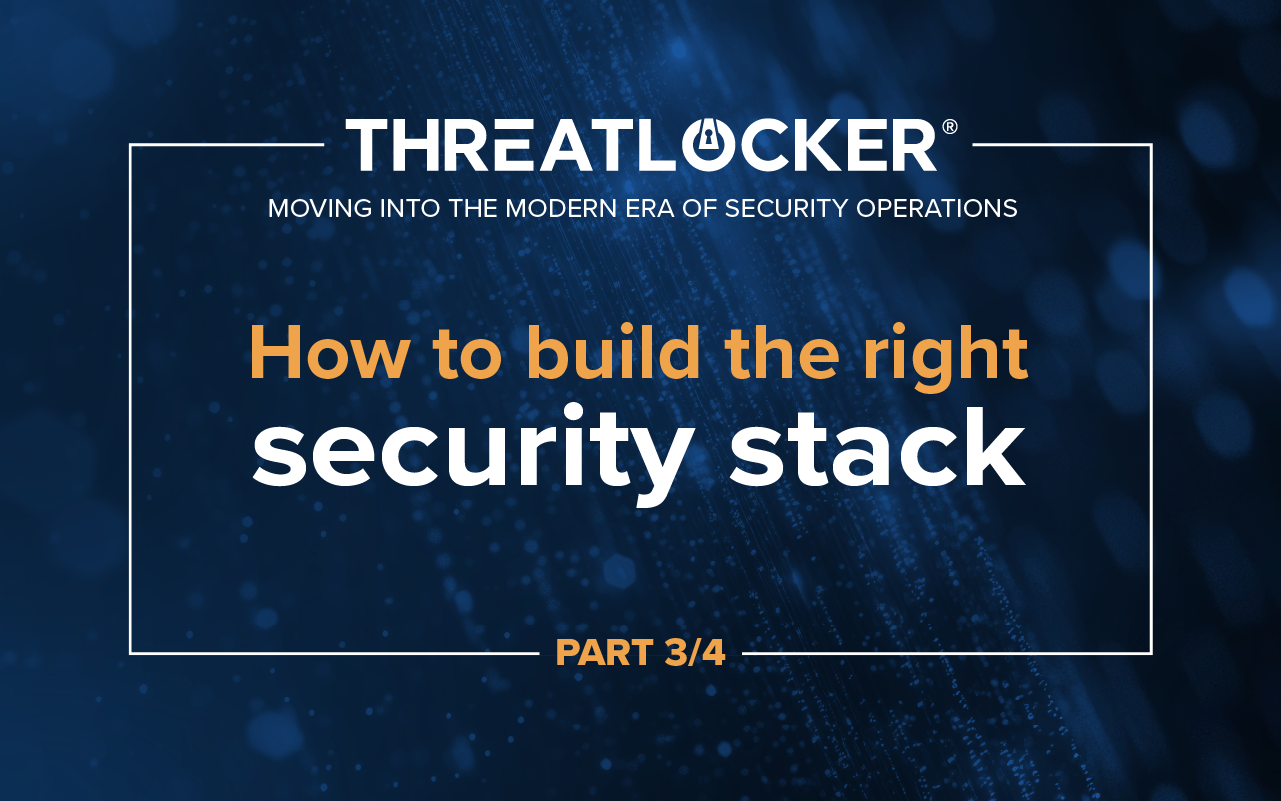Table of contents
What is vibe coding and why is it dangerous?
“Vibe coding” is software development enabled by an AI chat service. It’s often done impulsively or without structure, guided more by intuition than secure coding standards. It may feel fast and agile, but it opens the door to application vulnerabilities that attackers exploit.
Traits of vibe coding include:
- No documentation
- Ignoring secure coding guidelines
- Skipping peer review and QA
- Relying on unvetted open-source libraries
- Deploying directly into production
The short-term gain is faster delivery. The long-term cost is a much higher risk of data breaches.
How insecure practices lead to application vulnerabilities
Without safeguards like form input validation, hard-coded secrets, or multi-factor authentication to access code repositories, insecure code is left open to attack methods such as SQL injection, cross-site scripting (XSS), and privilege escalation.
- Equifax breach (2017): Attackers exploited an Apache Struts vulnerability, exposing the data of 147 million people. A failure to patch insecure code turned into one of the largest breaches in history (Wired).
How skipping reviews creates hidden vulnerabilities
Peer review catches insecure logic before it reaches production. When skipped, flaws remain undetected until attackers find them.
- British Airways (2018): Hackers injected malicious code into a poorly monitored script, stealing 400,000 customer payment records. The regulator later fined BA £20 million for weak coding oversight.
The risk of third-party libraries and open-source code
Developers often use open-source packages without scanning for known vulnerabilities, despite plenty of freely available SCA tools.
- Log4Shell (2021): A critical flaw in the Log4j library enabled remote code execution on thousands of servers worldwide.
Data breaches and ransomware from insecure applications
Attackers frequently use software vulnerabilities as the entry point for large-scale breaches and ransomware campaigns.
- Target (2013): Hackers compromised a vendor’s software, stealing data from 40 million cards and 70 million customer records. The incident cost Target over $200 million in damages.
- Kaseya VSA (2021): Vulnerabilities in Kaseya’s remote management software allowed ransomware to spread to 1,500 downstream businesses. Organizations using ThreatLocker® were protected because Application Allowlisting blocked the malicious executables.
- SolarWinds Orion (2020): Malicious code was inserted into Orion updates, reaching 18,000 customers including government agencies. ThreatLocker® stopped the attack by preventing the compromised executables from running.
Shadow IT and vibe coding: hidden business risks
Vibe coding isn’t limited to developers. Employees often create quick scripts, macros, or apps without IT oversight.
Risks include:
- No routine patching or monitoring
- Weak authentication or encryption
- New, unmonitored pathways for attacker lateral movement
Even a simple script can escalate into a serious vulnerability.
Best practices to prevent application vulnerabilities
- Adopt secure coding standards like OWASP Top 10 and SANS CWE Top 25.
- Enforce peer review and QA with automated security testing in the CI/CD pipeline.
- Vet third-party dependencies with a software bill of materials (SBOM), SCA scanning, and CVE monitoring.
- Detect and control Shadow IT to stop unapproved applications and scripts.
- Hold vendors to strict security requirements to harden the supply chain.
Prevent vibe coding risks with ThreatLocker®
Application Allowlisting & Ringfencing™
Only approved applications can run, while Ringfencing™ restricts what they can access. This stopped ransomware during both the Kaseya VSA and SolarWinds Orion attacks, and can thwart lateral movement through unknown software.
Blocks insecure or compromised apps from encrypting, exfiltrating, or altering sensitive files.
Prevents unauthorized outbound connections, cutting off attacker command-and-control communication.
Detects suspicious behavior such as unauthorized scripts or ransomware patterns. MDR provides rapid human response to live threats.
To learn how ThreatLocker® can protect your organization from vibe coding, insecure applications, and supply chain attacks, book a demo customized to your environment.





